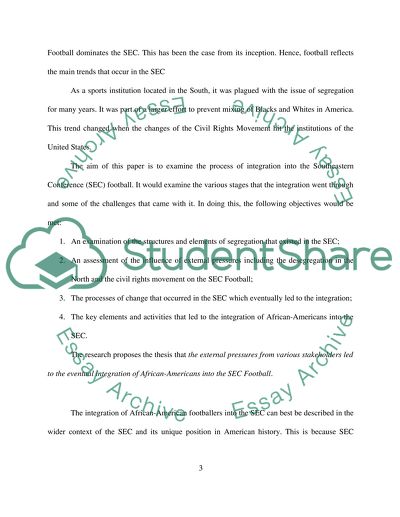Cite this document
(“Integration in SEC Football Research Paper Example | Topics and Well Written Essays - 4000 words”, n.d.)
Integration in SEC Football Research Paper Example | Topics and Well Written Essays - 4000 words. Retrieved from https://studentshare.org/sports-and-recreation/1613759-integration-in-sec-football
Integration in SEC Football Research Paper Example | Topics and Well Written Essays - 4000 words. Retrieved from https://studentshare.org/sports-and-recreation/1613759-integration-in-sec-football
(Integration in SEC Football Research Paper Example | Topics and Well Written Essays - 4000 Words)
Integration in SEC Football Research Paper Example | Topics and Well Written Essays - 4000 Words. https://studentshare.org/sports-and-recreation/1613759-integration-in-sec-football.
Integration in SEC Football Research Paper Example | Topics and Well Written Essays - 4000 Words. https://studentshare.org/sports-and-recreation/1613759-integration-in-sec-football.
“Integration in SEC Football Research Paper Example | Topics and Well Written Essays - 4000 Words”, n.d. https://studentshare.org/sports-and-recreation/1613759-integration-in-sec-football.


